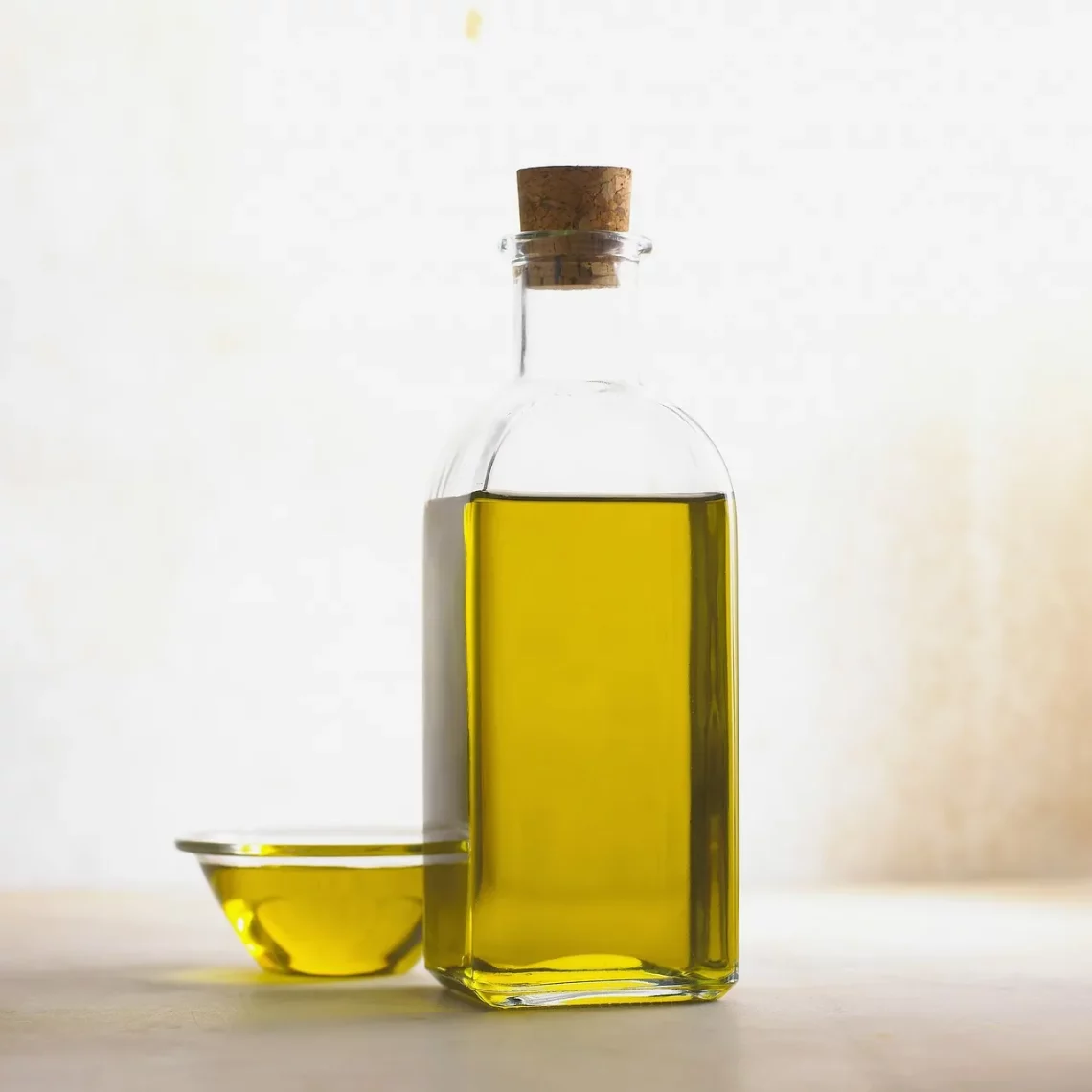
Discovering the Best Penetrating Oil for Your Needs
Penetrating oils are a staple in both professional and DIY toolkits, revered for their ability to loosen rusted or stuck parts. These versatile substances are formulated to seep into tight spaces, break down corrosion, and reduce friction, making them invaluable for a wide array of applications. Whether you’re a mechanic working on a vintage car, a homeowner tackling squeaky hinges, or an enthusiast restoring antique tools, the right penetrating oil can save you time, effort, and frustration.
The science behind penetrating oils lies in their unique compositions, which typically include solvents, lubricants, and additives designed to enhance their effectiveness. However, the market is saturated with various brands and formulations, each claiming to be the best. With so many options available, it can be daunting to determine which penetrating oil is right for your specific needs. Factors such as the type of metal you’re working with, the extent of rust or corrosion, and the specific task at hand all play a crucial role in your choice. Understanding these factors is essential for achieving optimal results and ensuring that your tools and machinery function smoothly.
In this guide, we will explore the various types of penetrating oils, their unique features, and the best practices for using them effectively, allowing you to make an informed decision tailored to your requirements.
Understanding the Composition of Penetrating Oils
Before selecting a penetrating oil, it’s essential to understand what makes these products effective. Most penetrating oils share a common goal: to infiltrate rust, corrosion, and grime. The primary components usually include a base oil, a solvent, and additives that enhance performance.
The base oil is often a lightweight mineral or synthetic oil that provides lubrication. This component is crucial as it helps to reduce friction between moving parts. The solvent, which is typically a petroleum-based or organic compound, serves to thin the oil, allowing it to penetrate deeper into crevices and bond with rust particles. Common solvents include kerosene and mineral spirits, which evaporate quickly, leaving the oil behind to do its work.
Additives play a vital role in enhancing the oil’s performance. For instance, some penetrating oils include anti-corrosive agents that help prevent further rusting after application. Others may have surfactants that reduce the surface tension of the oil, enabling it to spread more effectively across surfaces. Understanding these components will help you choose the right product based on your specific needs.
Another important aspect to consider is the viscosity of the penetrating oil. Thinner oils can penetrate tighter spaces but may not provide as much lubrication, while thicker oils offer superior lubrication but may struggle to reach deeply embedded rust. Evaluating the condition of the components you’re dealing with will guide you in selecting the appropriate viscosity.
Lastly, it’s worth noting that not all penetrating oils are created equal. Some are specifically designed for mechanical applications, while others may be better suited for household use. Always read the label and product specifications to ensure you’re selecting the right oil for your task.
Top Penetrating Oils Available in the Market
With numerous penetrating oils available, determining the best product for your needs can be overwhelming. Here, we highlight some of the most popular options, each with unique features that cater to different requirements.
1. **WD-40**: Perhaps the most recognized name in the industry, WD-40 is a multi-functional product that serves as a penetrating oil, lubricant, and rust preventative. Its formula is designed to loosen rusted parts while providing a protective barrier against moisture. However, it may not penetrate as deeply as other dedicated penetrating oils.
2. **Liquid Wrench**: This penetrating oil is known for its powerful formula that can tackle the toughest rust and corrosion. Liquid Wrench is often favored by professionals due to its quick action and effectiveness on heavily rusted components. It also offers a long-lasting lubrication effect, which can be beneficial for ongoing maintenance.
3. **PB Blaster**: Another favorite among mechanics, PB Blaster is renowned for its ability to penetrate and free rusted bolts, nuts, and other stuck components. Its unique formulation allows it to work quickly, making it ideal for urgent repairs. Users appreciate its strong performance and reliable results.
4. **Kroil**: Known as the “oil that creeps,” Kroil is designed for maximum penetration and is often used in industrial settings. Its advanced formula allows it to seep into tight spaces effectively, making it an excellent choice for severe rust and corrosion situations.
5. **3-IN-ONE Oil**: This general-purpose oil is versatile and widely used for various applications, from household tasks to automotive maintenance. While it may not be as potent as specialized penetrating oils, its multi-use nature makes it a practical addition to any toolkit.
When selecting a penetrating oil, consider the specific application and the severity of the rust or corrosion you are dealing with. Each of these products has its strengths and weaknesses, so understanding their capabilities is crucial for achieving the best results.
Best Practices for Using Penetrating Oils
To maximize the effectiveness of any penetrating oil, following best practices during application is essential. Here are some tips to ensure you get the most out of your chosen product:
1. **Clean the Surface**: Before applying penetrating oil, ensure that the surface is clean and free from dirt, dust, and grease. This allows the oil to penetrate more effectively without being hindered by debris. Use a wire brush or cloth to remove any loose rust or grime.
2. **Apply Generously**: Don’t be stingy with the oil. Apply a liberal amount to the affected area, allowing it to soak in. For heavily rusted parts, you may want to apply the oil multiple times, letting it sit for several minutes to hours, depending on the severity of the rust.
3. **Use Proper Tools**: For hard-to-reach areas, consider using a straw attachment if your penetrating oil can accommodate it. This helps direct the oil precisely where it’s needed, ensuring effective penetration.
4. **Allow Time to Work**: Patience is key when using penetrating oils. Allow sufficient time for the oil to seep in and break down the rust before attempting to remove or loosen the stuck part. In some cases, you may need to repeat the application multiple times.
5. **Follow Up with Lubrication**: After successfully loosening rusted parts, consider following up with a high-quality lubricant to ensure long-lasting protection and smooth operation. This will help prevent future rust and corrosion build-up.
By adhering to these best practices, you can enhance the efficacy of penetrating oils and achieve better results in your maintenance and repair tasks. Proper application can make a significant difference, transforming a frustrating experience into a successful one.
In conclusion, choosing the best penetrating oil for your needs involves understanding the compositions of these products, evaluating your specific requirements, and applying them effectively. Whether you select a well-known brand or a specialized formula, knowing how to utilize these oils will enable you to tackle rusted and stuck components with confidence.
**Note**: This article is not intended as medical advice. Always consult with a healthcare professional for any medical issues or concerns.




